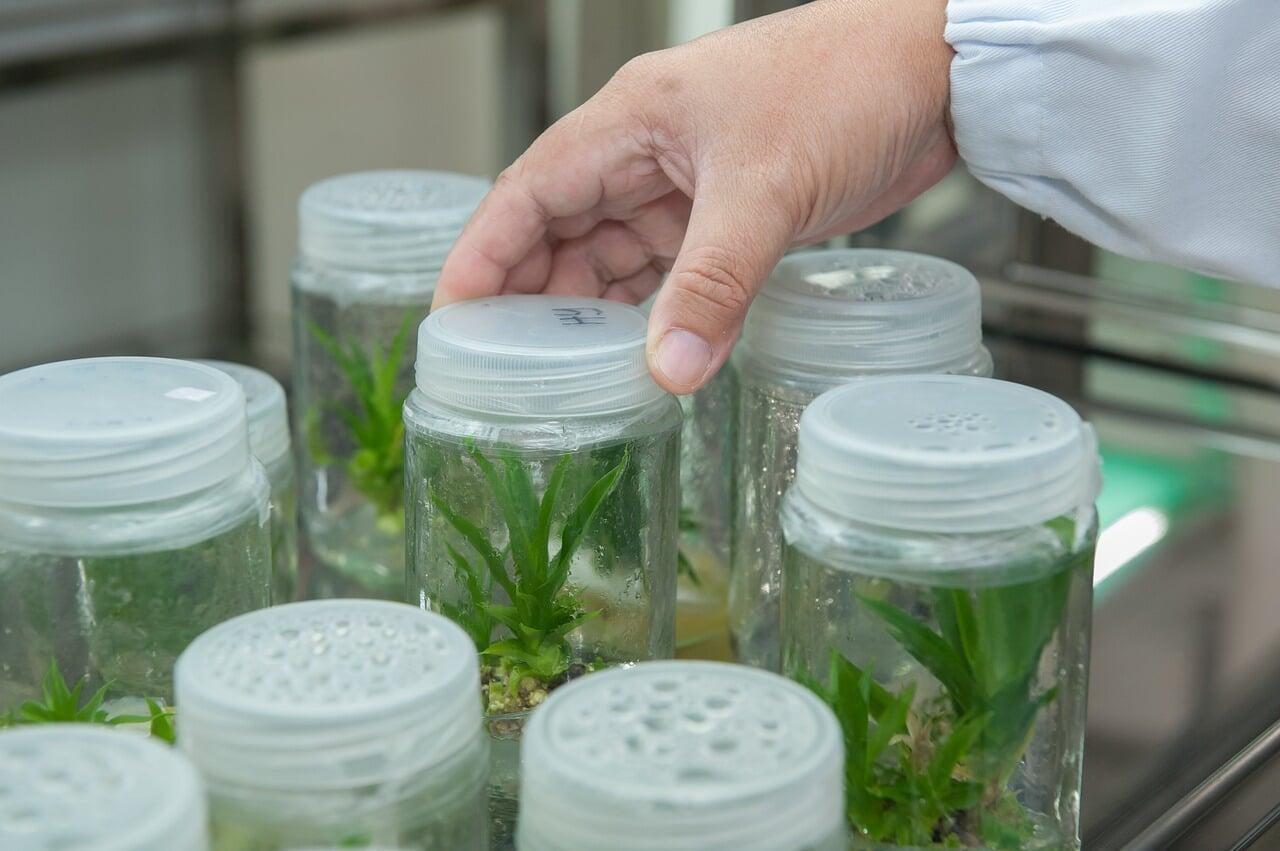If you hear the word cloning, you would most likely think of animals, and probably of the sheep Dolly which was the first mammal cloned from an adult somatic (non-reproductive) cell in 1996.
While the practice of cloning in animals is of recent origin, you may probably not know that the practice of cloning in plants dates back to more than 100 years. By using plant tissue culture techniques, plants are regularly cloned in labs by using parts that have the power to regenerate, for example, leaves, seeds, pollen, etc.
Need for plant tissue culture
There are several scenarios where plant tissue culture can be highly useful, for example:-
- A healthy plant that is high yielding and has good pest resistance can be cloned to develop multiple copies of it. This will give higher predictability of yield and plant health.
- By bypassing the process of germinating through seed, crop maturity time gets reduced, which means an early yield. (or more number of crop cycles in a given time frame).
- By taking good qualities of two plants (for example, high yield of one and disease resistance of another), using techniques of tissue culture, newer and better strains can be developed.
How is it done?
There are three stages involved in growing plants in a tissue culture lab.
In the first stage, a part of the plant is selected that has the power to regenerate, say leaves. The tissues of the leaf are then separated and grown in test tubes or Petri dishes.
In the second stage, these plant parts are transferred into a nutrient medium (generally agar-agar) and placed inside a sterilized container under artificial light. The temperature is maintained to promote plant growth. Slowly it will start to grow and develop new plant parts (roots and shoots).
Once it becomes suitable for transplantation, it is transplanted to pots and kept in nurseries to expose them to the outside environment. This stage, known as hardening, is the final stage, after which the plant is ready to move to the fields.
What are the possible pitfalls?
- The technology is capital, labor, and energy-intensive. The availability of trained people, clean water, and electricity can be costly.
- If the growing plant becomes infected from viruses, bacteria, fungi, or any other micro-organism, then the whole new next generation will also get infected.
Plant tissue culture in action
Some examples of where the techniques of plant tissue culture have helped solve real-world issues:-
- Disease-free sweet potatoes have been adopted on 500,000 hectares in Shandong province in China, increasing yield between 30% -40%, and rising income for 7 million sweet potato producers.
- In India, several potato breeders now use tissue culture to detect viruses at the initial stages of seed production.
- Tissue culture banana varieties are now widely cultivated in India. This has helped in reducing crop time, thereby increasing a farmer's income.
Happy Farming!
